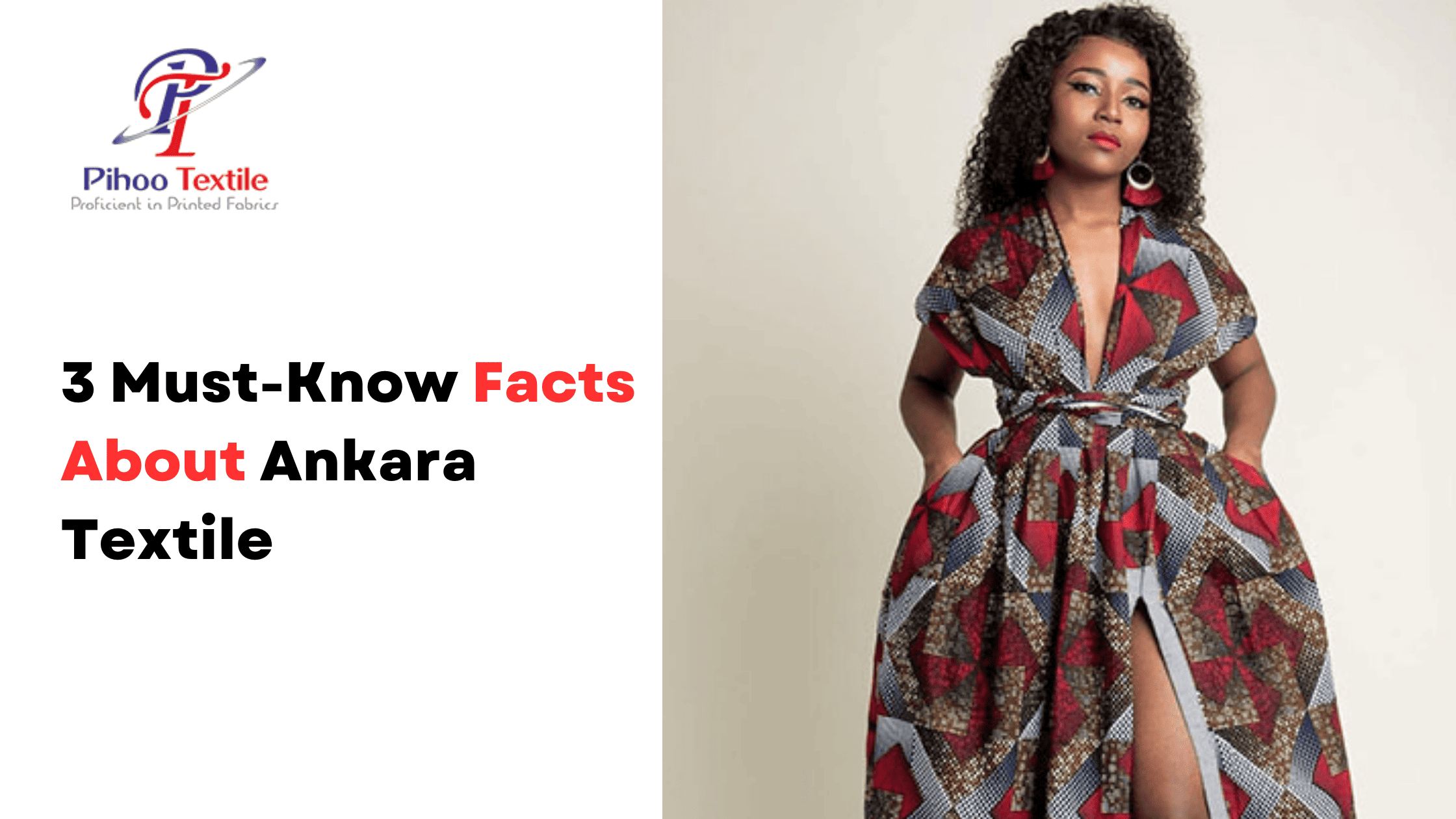3 Must-Know Facts About Ankara Textile
Ankara textile is a nexus of history, culture, and identity that has woven itself into the very fabric of African fashion. As we delve into the must-know facts about Ankara, you’ll discover its fascinating origins, the current landscape of its production, and the rich symbolism behind its striking patterns. This journey is not only for seasoned fashion enthusiasts but also for passionate amateurs eager to learn about this iconic textile. Let’s begin!
Fact 1: Ankara isn’t originally from Africa.
Ankara fabric, often referred to as “African wax print” or “Dutch wax print,” has a rich and complex history that dates back to the 19th century. Originally produced by the Dutch textile company Vlisco in the 1800s, this fabric was designed for the Indonesian market but failed to gain traction there. Instead, it found a warm welcome in West Africa, where it quickly became a beloved staple of local fashion.
The roots of Ankara can be traced back to the Indonesian batik technique, which involves applying wax to cloth before dyeing it. This method creates intricate patterns as the wax resists dye, allowing for stunning designs. Dutch traders brought this technique to Africa, adapting it to suit local tastes and preferences. The printing style is referred to by other names, such as African wax print, Holland wax, Kanga print by Tanzanians, and Dutch Wax in Ghana.
By the early 1900s, Ankara fabric was embraced by various African cultures, particularly in Nigeria, where it was used for traditional clothing such as boubous and kaftans. The fabric became symbolic of African independence during the 1960s and 1970s when leaders like Ghana’s Kwame Nkrumah encouraged citizens to wear locally made clothes as a means of supporting their economy and asserting their identity.
Today, Ankara is a cultural artifact that radiates the history and traditions of West Africa. According to Wikipedia, The term ‘Ankara’ originates from the Hausa name for Accra, the capital of what is now Ghana. This name encapsulates the essence of a fabric that has transcended its origins to become a symbol of pride and identity for many people across Africa.
Fact 2: Africa Is Not the Leading Producer Of Ankara
Fast forward to today, and Ankara fabric has evolved into a global phenomenon. While it retains its strong ties to African culture, a significant portion of its production now occurs outside Africa, particularly in Asia. The demand for Ankara textiles has led to increased production capacity in countries like China and India. However, there is a growing movement towards local manufacturing within West Africa itself.
Local artisans and manufacturers are stepping up to meet this demand while preserving traditional techniques. This shift not only supports local economies but also fosters a sense of community and cultural pride among artisans. Ankara fabrics are also important cultural artifacts that reflect the history and traditions of West Africa.
The economic impact of Ankara’s production cannot be understated. It creates jobs for countless individuals involved in weaving, dyeing, and designing these beautiful fabrics. Moreover, as consumers become more conscious about their purchases, there is an increasing preference for ethically sourced and locally produced textiles. This trend aligns perfectly with Pihoo Textile’s commitment to quality and sustainability.
In recent years, Ankara has gained prominence on global fashion runways and among celebrities who sport these vibrant prints at events worldwide. From dresses to accessories like purses and shawls, Ankara’s versatility allows it to be incorporated into various fashion statements. Ankara isn’t going away anytime soon.
Fact 3: Every Ankara Pattern Has a Different Meaning
Ankara fabric’s patterns and colors speak louder than words. Each design tells a story or conveys a message that resonates deeply within African cultures. For instance, colors often hold specific meanings—green symbolizes growth and prosperity; red signifies love and passion; while blue represents tranquility.
Patterns also carry significant cultural weight. Geometric designs may represent unity or community ties, while floral motifs often celebrate femininity and beauty. Some patterns are specific to certain cultures or regions within Africa and may have historical significance tied to local traditions or events.
Ankara’s role extends beyond mere aesthetics; it serves as a medium for storytelling and cultural expression. During significant life events such as weddings or celebrations, wearing Ankara fabric is not just about fashion—it’s about showcasing one’s heritage and identity. In Nigeria’s Yoruba culture, for example, wearing matching Ankara outfits known as Aso Ebi during social gatherings symbolizes unity among friends and family.
Moreover, Ankara fabrics are known for their bright, bold colors and intricate patterns. This vibrancy captures attention not only on the streets of Africa but also on international platforms where designers showcase their creativity inspired by these traditional prints.
Conclusion
As we wrap up our exploration of Ankara textile, it’s clear that this fabric is much more than just colorful cotton cloth; it’s a symbol of culture, history, and identity that continues to inspire fashion enthusiasts globally. Understanding its origins enables us to appreciate its expedition from Dutch factories to becoming an integral part of African heritage. For those of you who want to dive deeper into this world of textiles, consider exploring local markets or online platforms like Pihoo Textile where you can find authentic Ankara fabrics that honor tradition while embracing modern trends.



